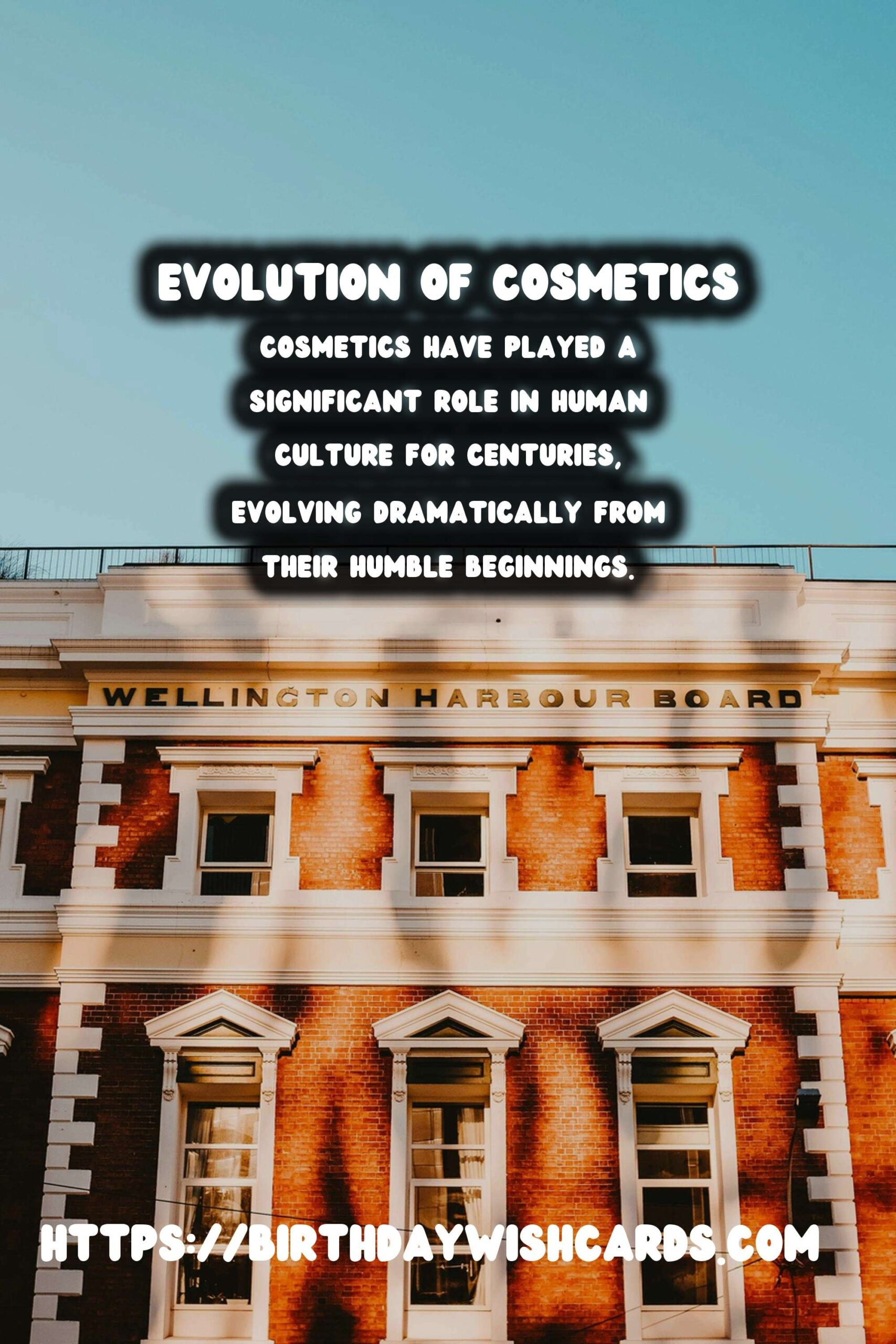
Introduction
Cosmetics have played a significant role in human culture for centuries, evolving dramatically from their humble beginnings. This article delves into the intriguing journey of cosmetics from the Renaissance period to modern-day beauty standards.
The Renaissance: A New Beginning
The Renaissance was a pivotal moment in the history of cosmetics. It marked a departure from the dark ages of prohibitive beauty practices toward a more enlightened approach. During this era, cosmetics were primarily used by the aristocracy to signify status and wealth.
Women during the Renaissance sought fair skin, which was achieved through the application of white lead-based makeup. However, this practice often resulted in lead poisoning, showcasing the dangers of early cosmetic use.
The Baroque and Rococo Eras
As we moved into the Baroque and Rococo periods, cosmetics maintained their popularity, with a focus on elaborate and ostentatious beauty regimens. Rouge became a staple for both men and women, symbolizing vitality and youth.
During these times, the use of powder to pale the face continued, although with safer materials, such as rice powder, replacing the more hazardous substances of earlier periods.
The Victorian Era: Modesty and Morality
Victorian society brought a more conservative outlook on cosmetics, associating them with vanity and immorality. Despite societal pressure, many women discreetly used cosmetics to achieve a natural look that adhered to the strict moral codes of the time.
This era saw the rise of homemade beauty recipes, using natural ingredients like beeswax, honey, and vinegar, leading to safer beauty practices.
20th Century: The Rise of Modern Cosmetics
The 20th century was revolutionary for cosmetics, characterized by the advent of mass production and marketing. Major brands emerged, offering a wide array of products accessible to women from all walks of life.
Hollywood’s influence played a crucial role, with icons like Marilyn Monroe and Audrey Hepburn setting beauty trends that defined the standard of effortless glamour.
21st Century: The Age of Innovation
Today, the cosmetics industry is more diverse and inclusive than ever before. From bold, expressive looks to minimalist, natural appearances, personal expression dictates cosmetic use.
Green and sustainable beauty have emerged as significant trends, addressing environmental concerns and catering to the informed consumer seeking ethical products.
Conclusion
From the opulence of the Renaissance to the sustainable innovations of today, the history of cosmetics is a reflection of human society and its evolving values. As we look forward, it’s clear that cosmetics will continue to adapt and transform alongside cultural shifts, remaining an enduring art form and expression of individuality.
Cosmetics have played a significant role in human culture for centuries, evolving dramatically from their humble beginnings. Hollywood’s influence played a crucial role in the modernization of cosmetics, with icons like Marilyn Monroe and Audrey Hepburn setting beauty trends. 
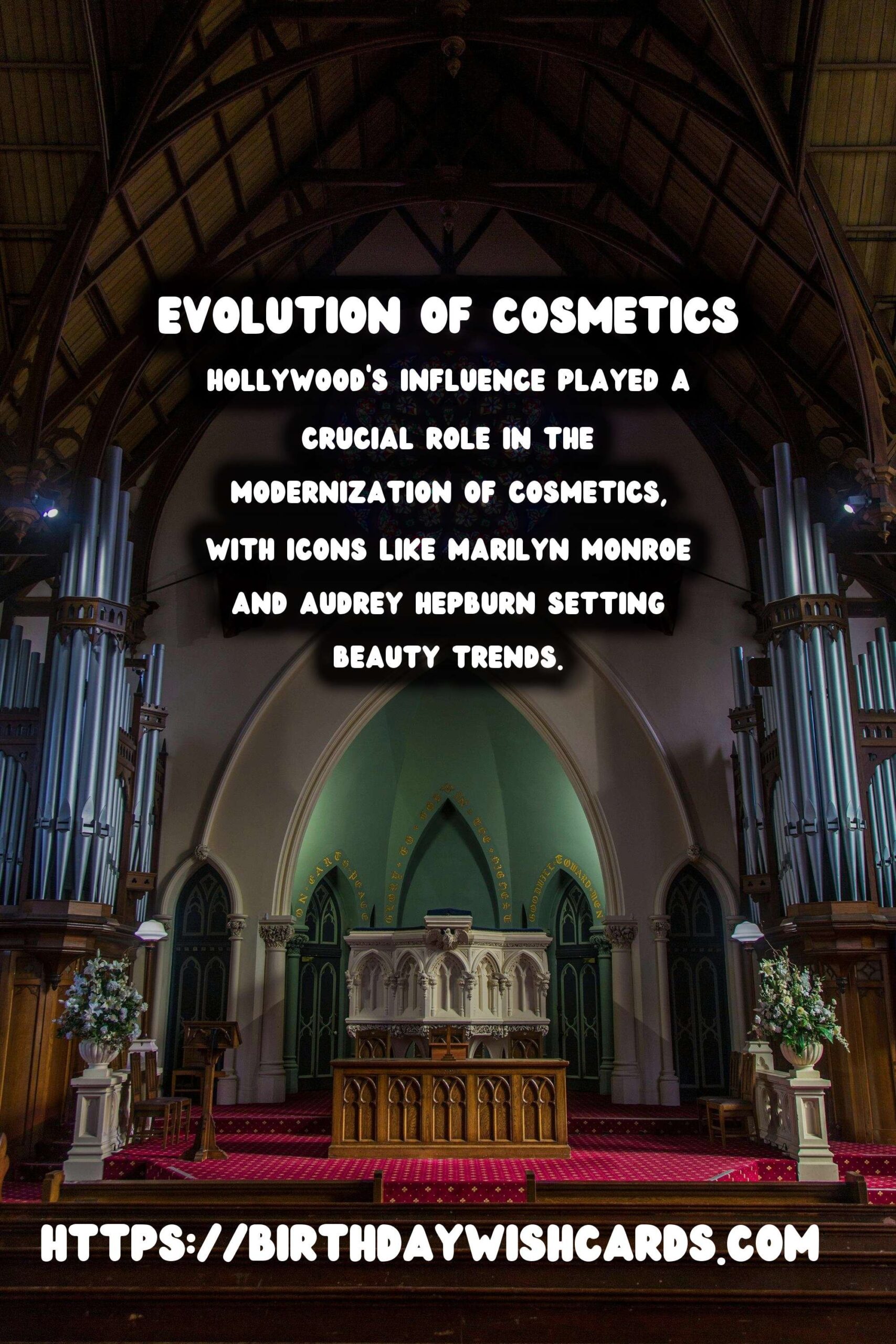
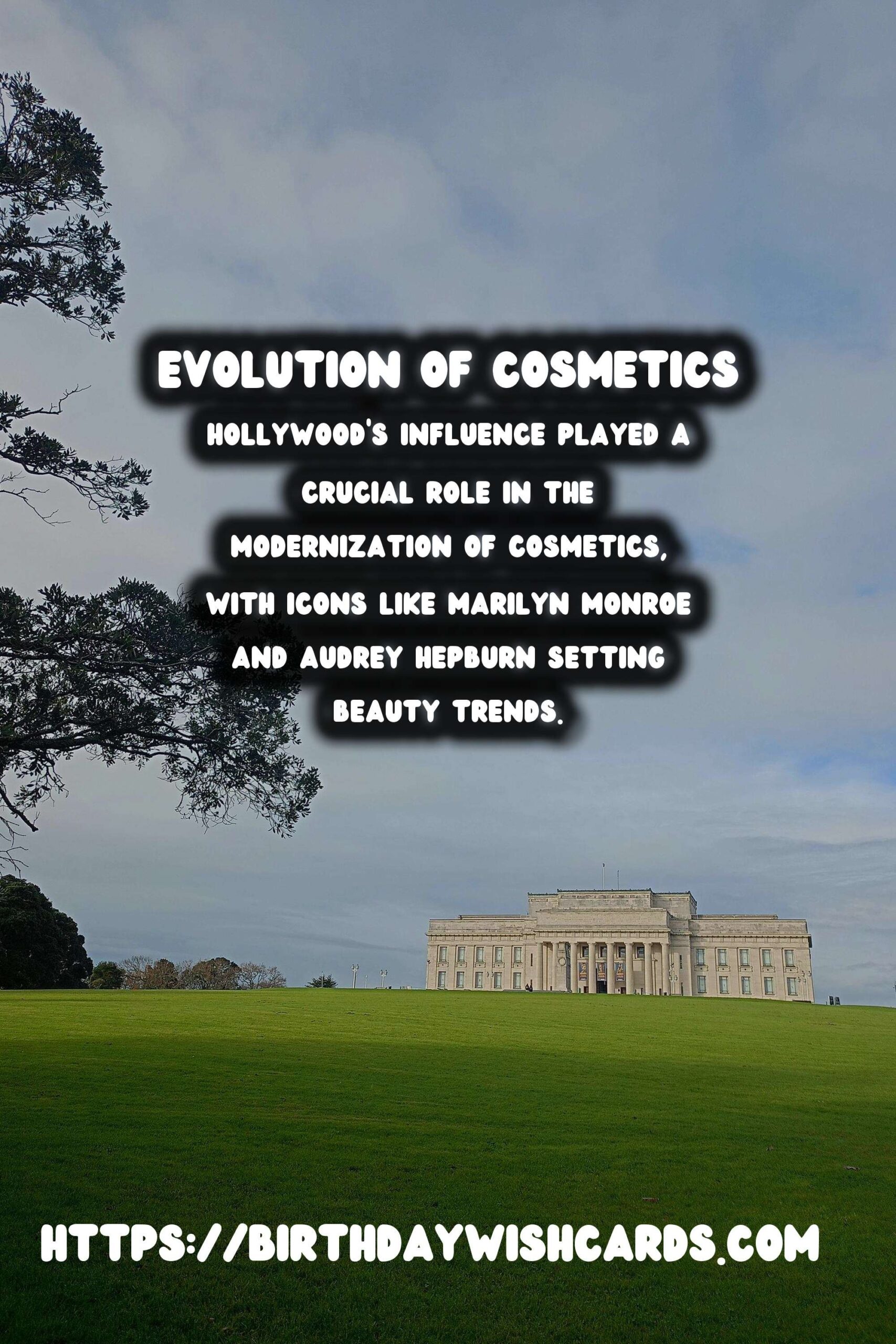
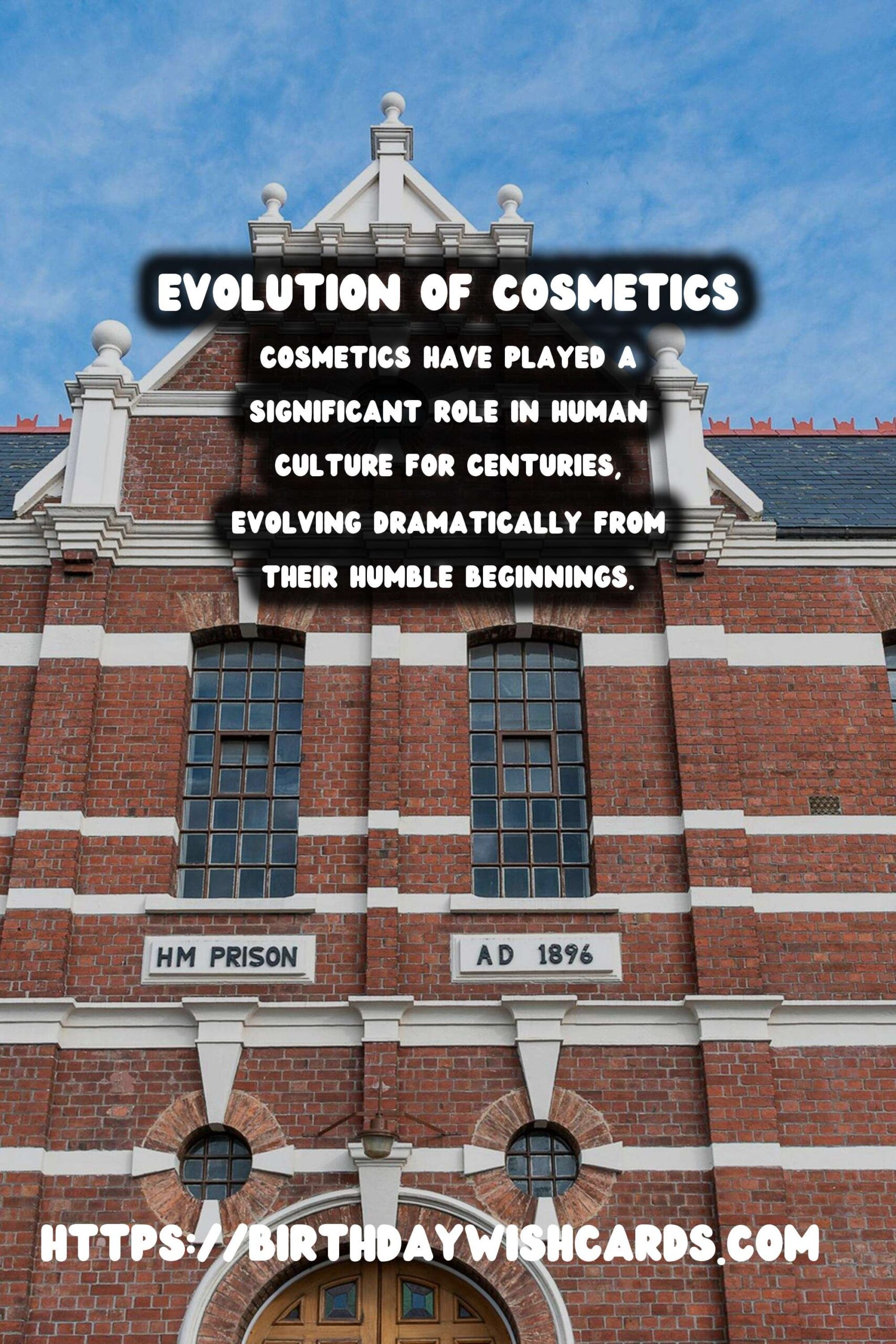
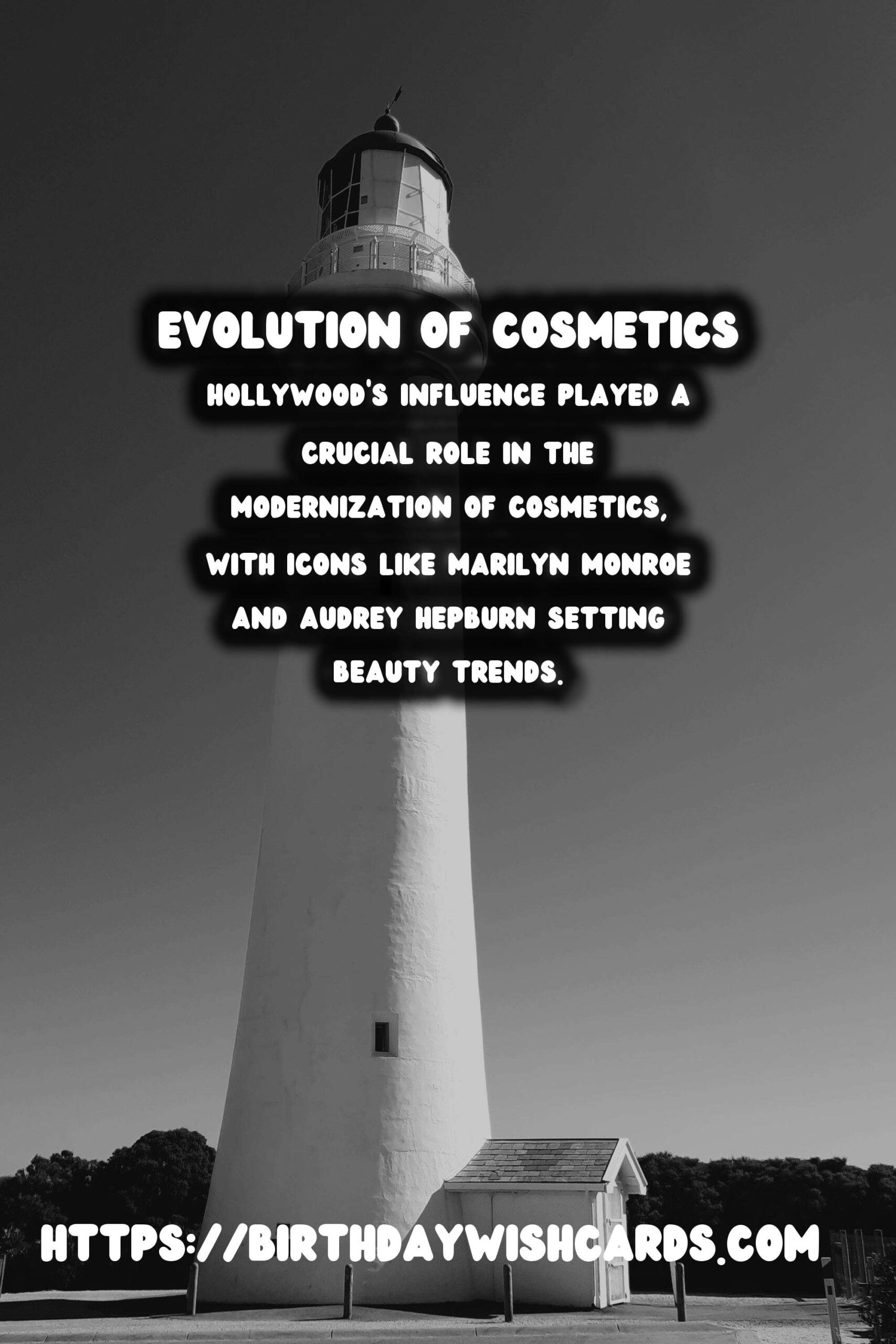
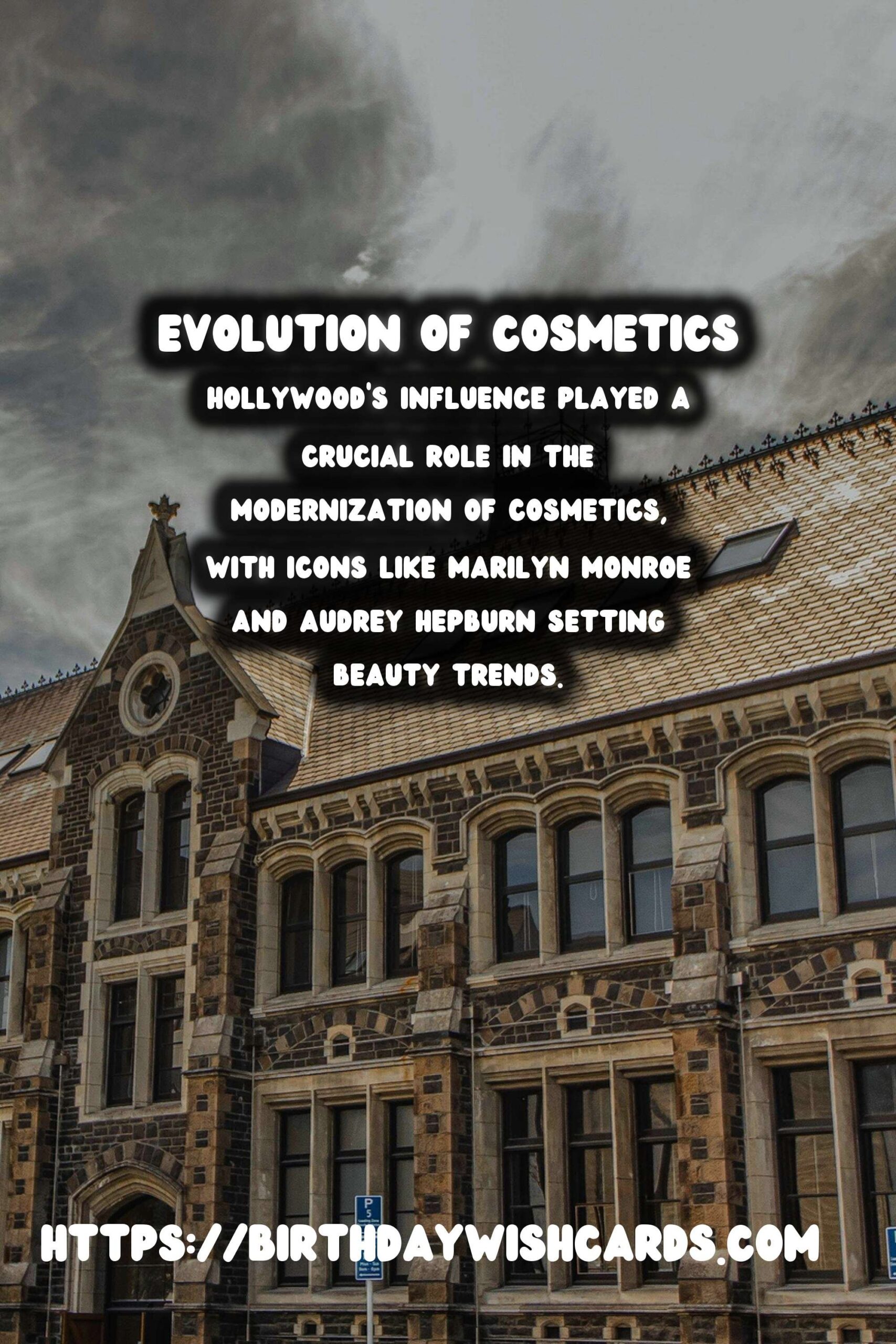
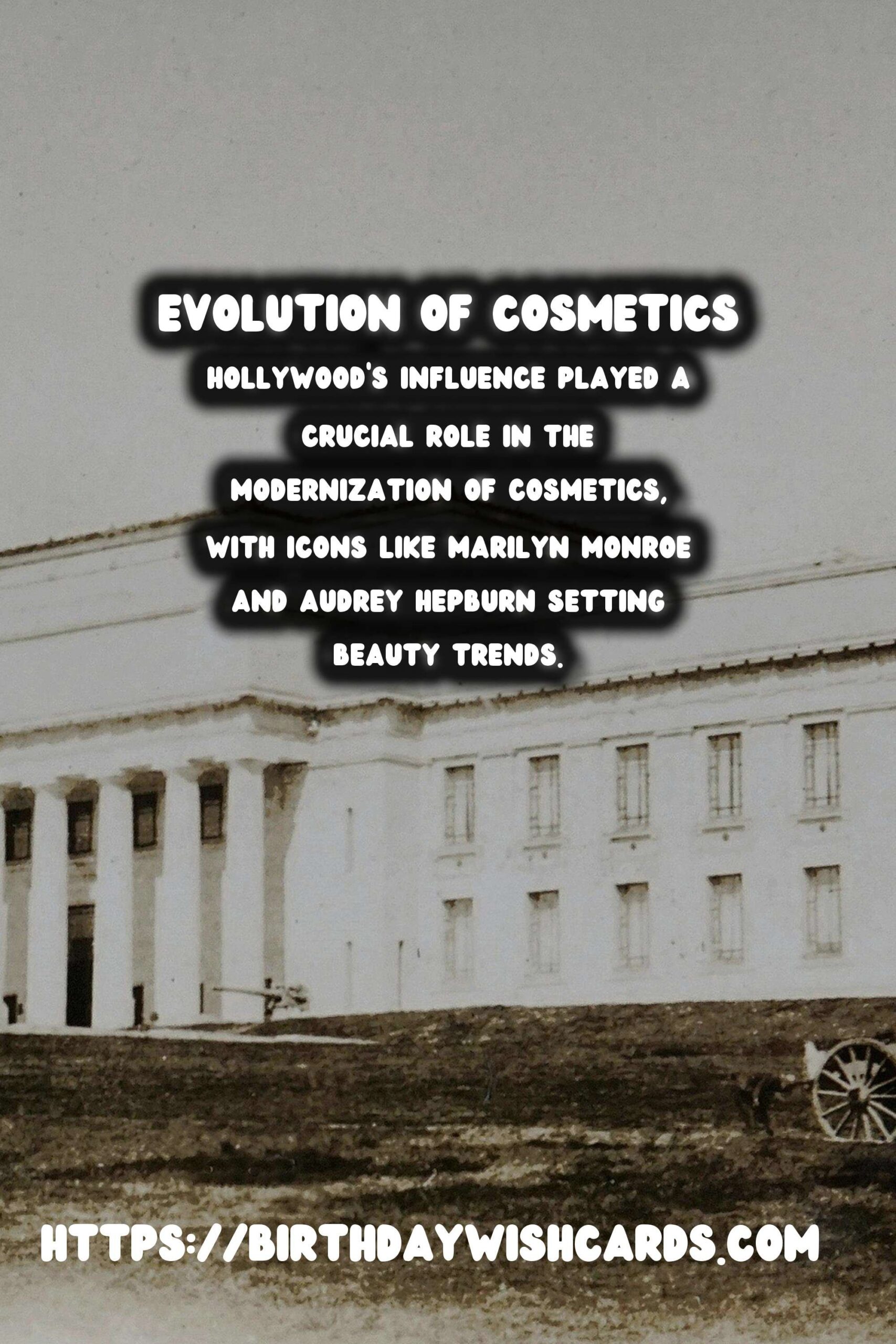
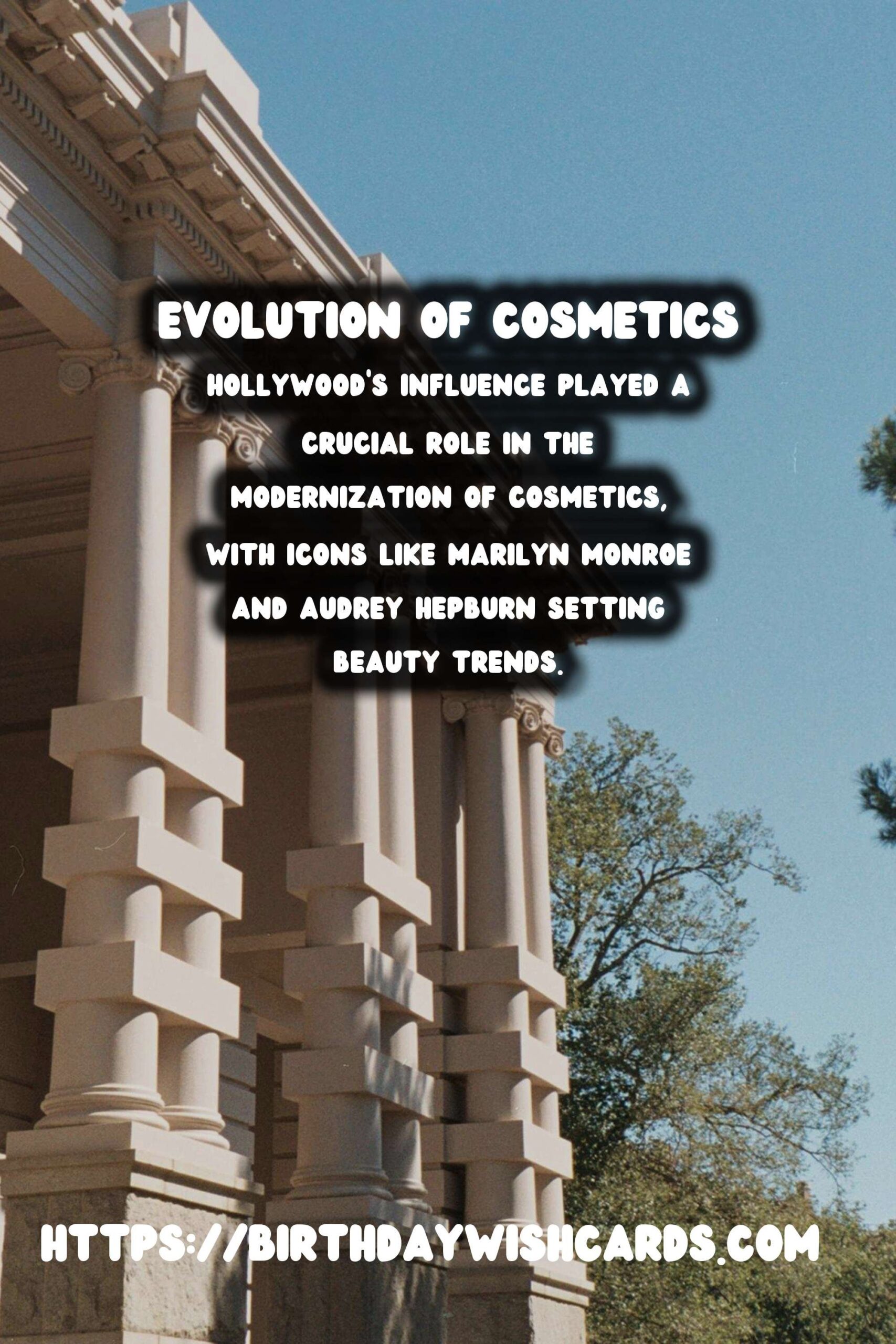
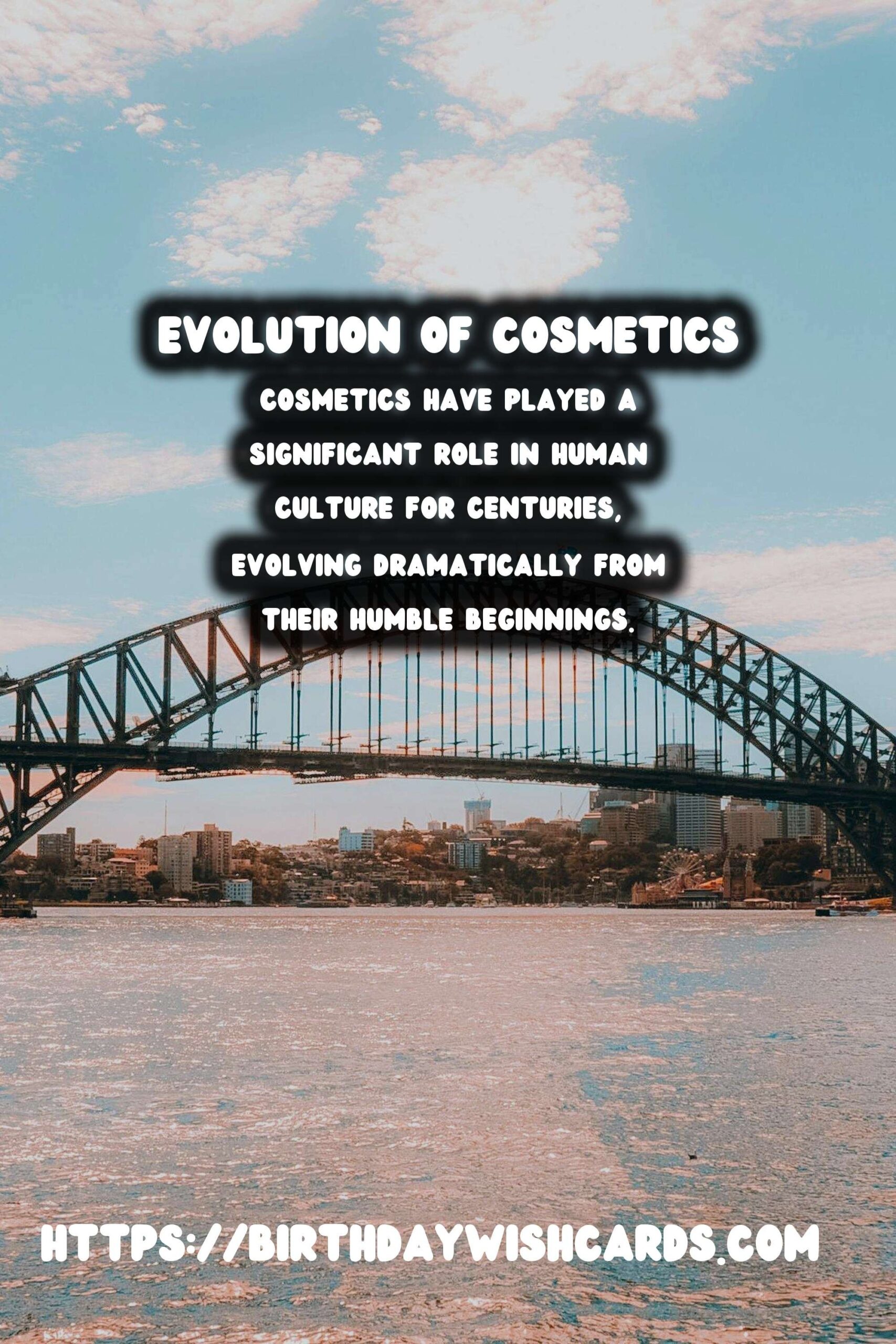
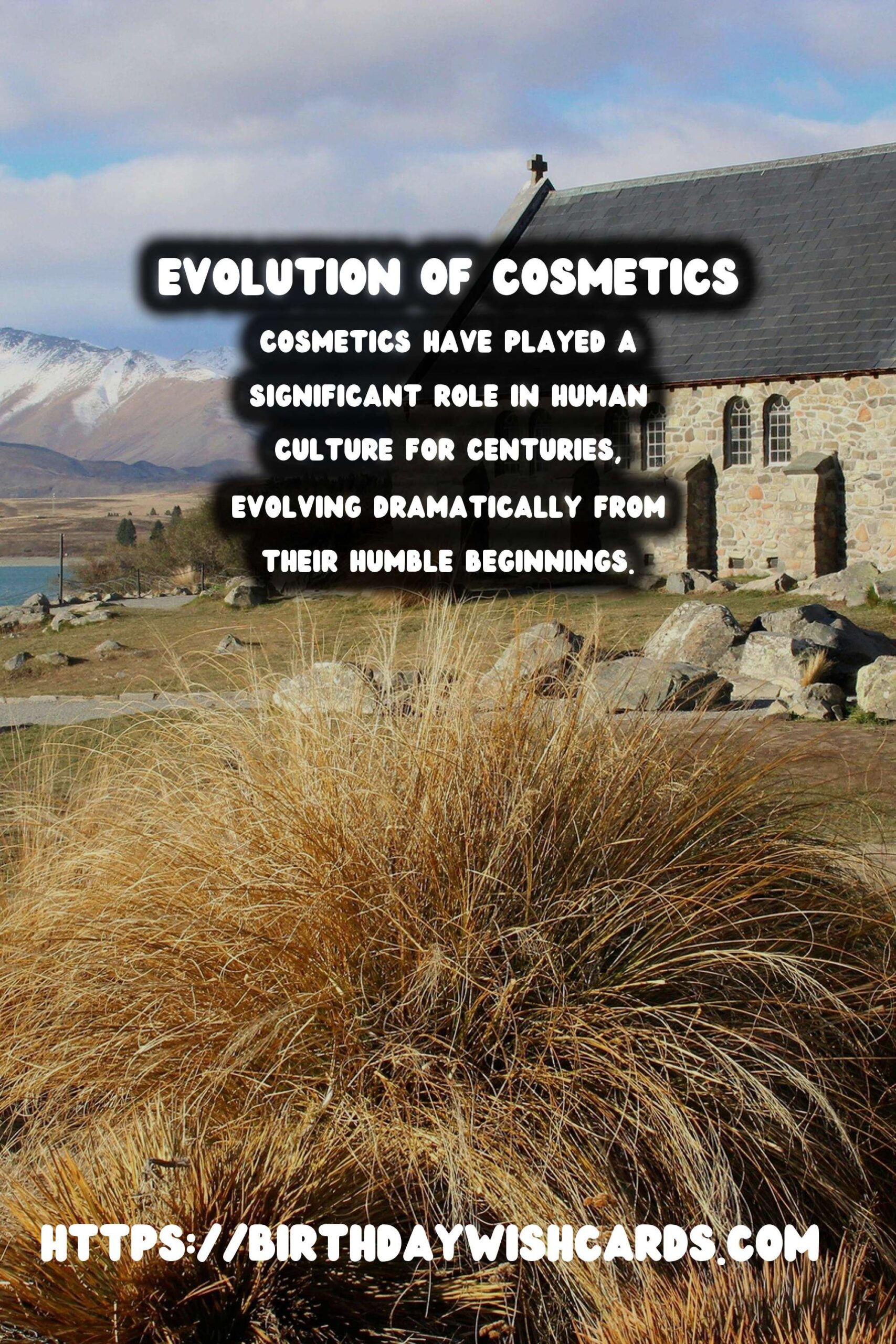
#CosmeticsHistory #BeautyEvolution



